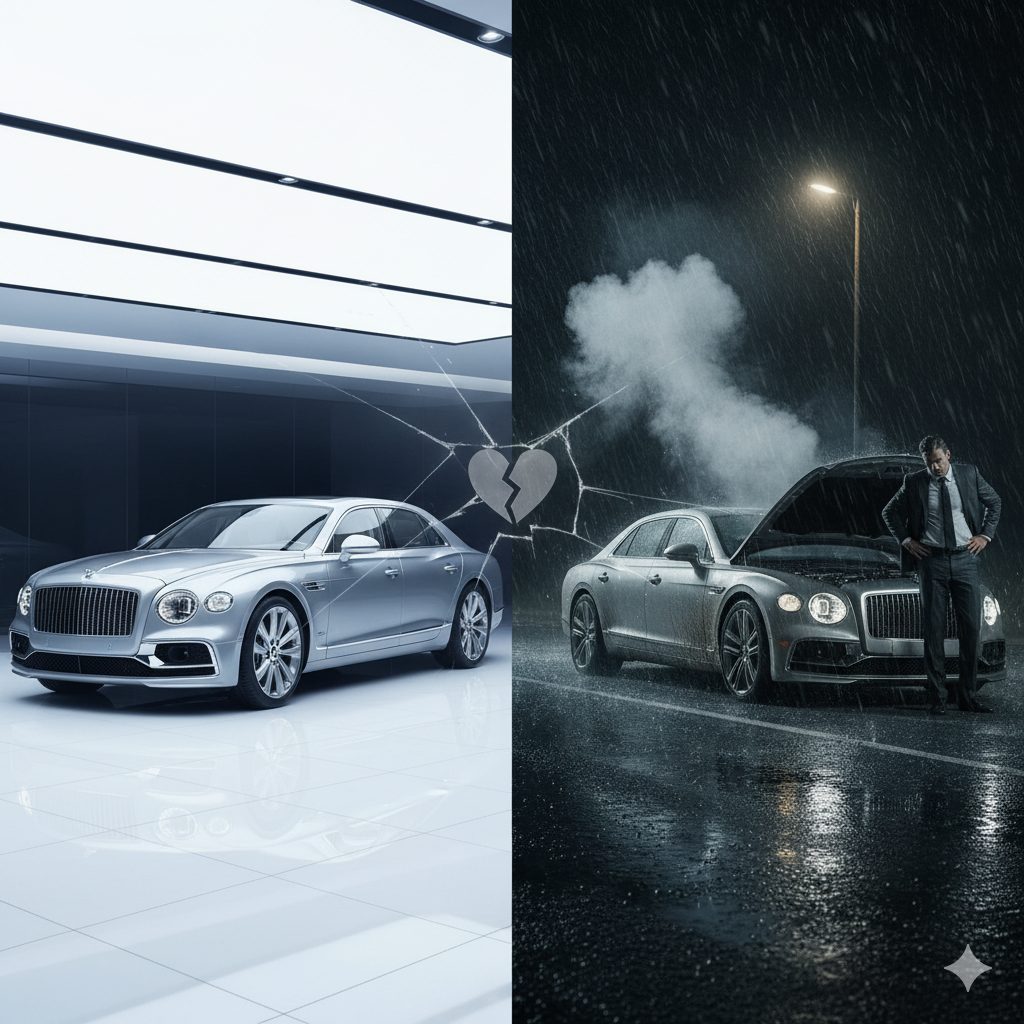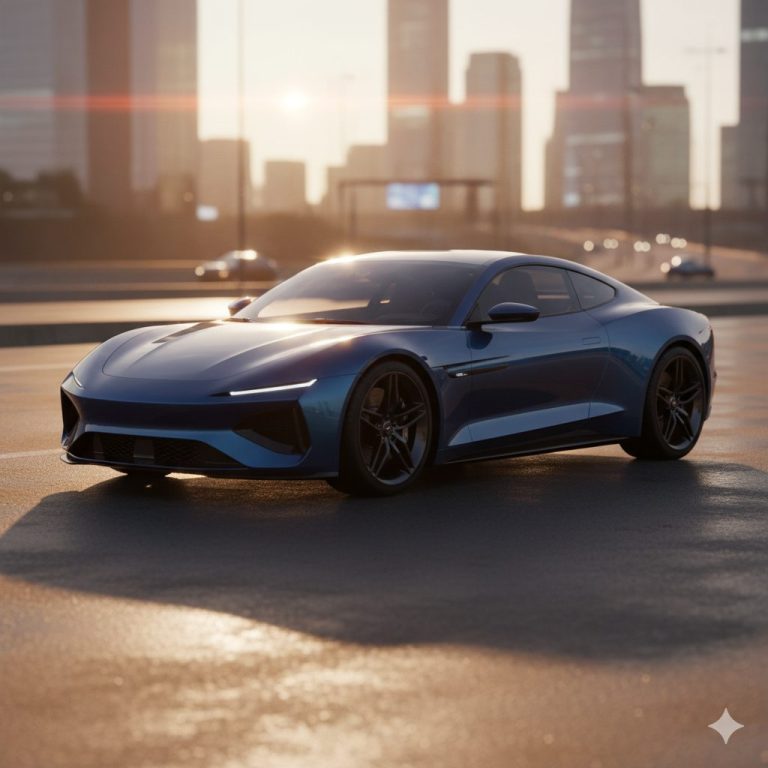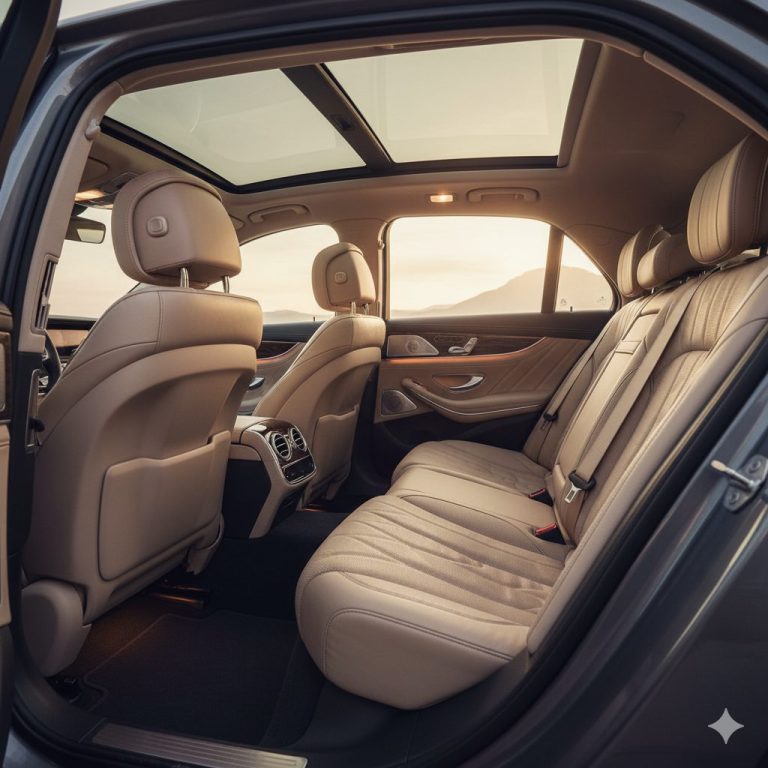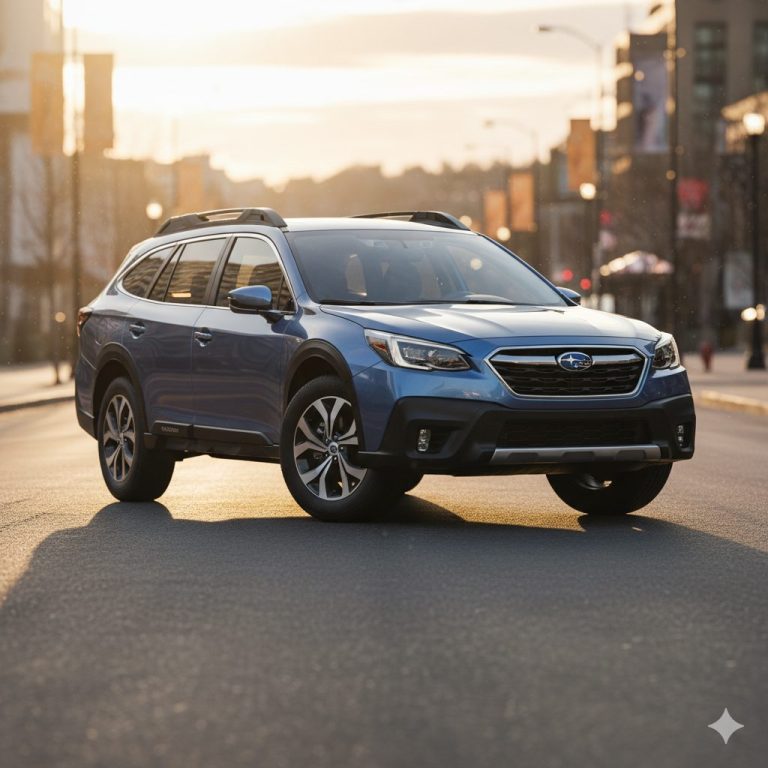Looks Good, Drives Bad: 10 Sedans That Broke Their Owners’ Hearts
They turned heads in showrooms, sparkled under the spotlight, and promised luxury, speed, and status. But once the honeymoon ended, the truth hit hard. Some sedans looked like a dream yet drove like a disappointment. From unreliable engines and cheap interiors to constant breakdowns that drained wallets, these cars taught their owners that beauty doesn’t always mean brilliance.
Here are 10 sedans that dazzled the eyes but broke hearts on the road.
Cadillac Catera
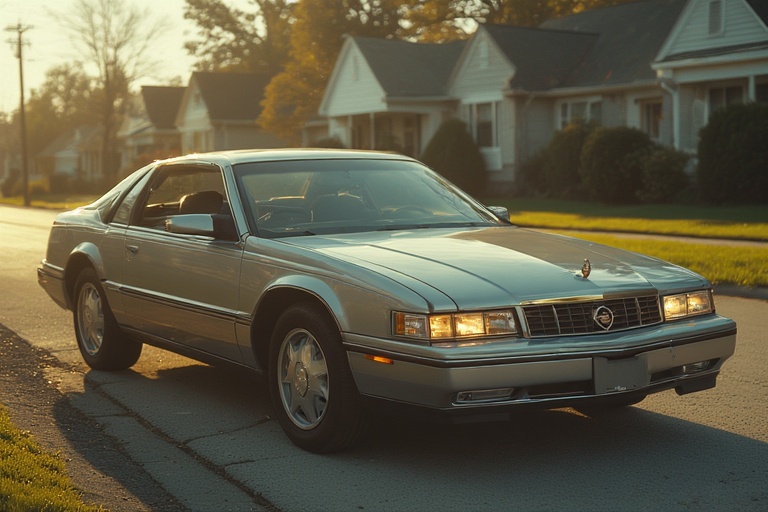
Oh man, the “Caddy that Zigs.” They had those weird commercials with a cartoon duck. What was that about? It looked… fine, kinda European, which was the point since it was a rebadged Opel. But not gonna lie, this thing was a disaster. The electrical system was a haunted house. One day your windows work, the next day your dashboard is lighting up like a Christmas tree for no reason. And the repair bills? Brutal. You’d pay over $30,000 for this thing and then another fortune just keeping it running. It was less “zigging” and more “stalling on the highway.”
Jaguar X-Type
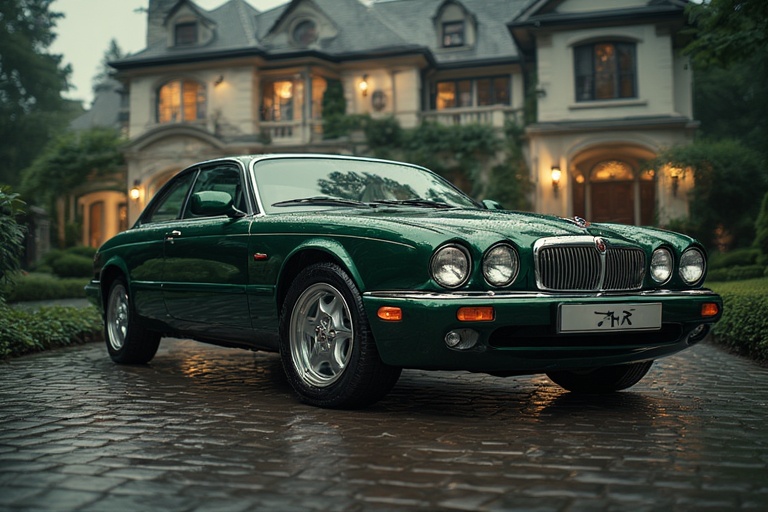
Okay, so it looked like a little baby Jaguar! So classy, so British. And they even had an all-wheel-drive version, which sounded cool. But uhm… it was basically a fancy Ford Mondeo. And not in a good way. The reliability was just legendary…ly bad. Electrical gremlins, transmission issues, you name it. It had all the classic Jaguar problems but without the classic Jaguar charm or power. For about $30,000 you got a car that spent more time in the shop than in your garage. It was a beautiful, expensive mistake.
Chrysler Sebring
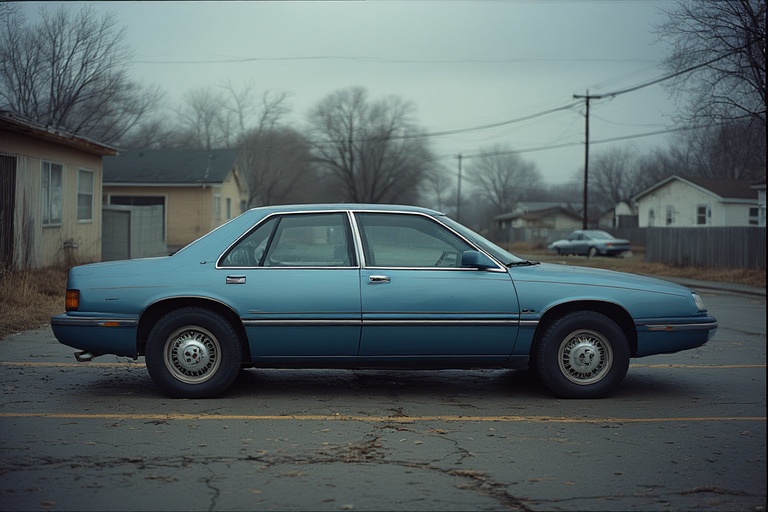
Ugh, the Sebring. It’s like the poster child for this list. It looked like a decent, modern sedan from the early 2000s. Not amazing, but not offensive. But driving it? It was like piloting a cardboard box filled with loose parts. The interior felt so cheap, the handling was vague, and the engines were either underwhelming or just problematic. And the convertible version was even worse! For like $22,000 new, it was a trap. So many people fell for it because it looked okay, and they regretted it for years.
Volkswagen Passat W8
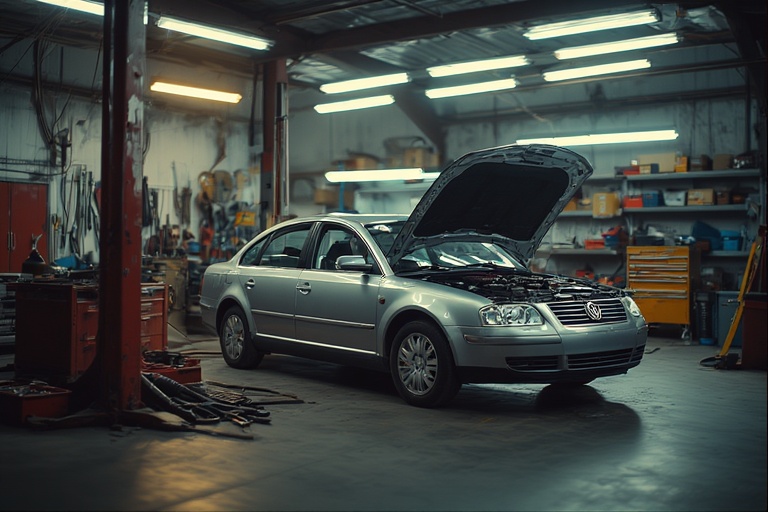
This one is a special kind of heartbreak. It looked like a normal, slightly upscale Passat. But under the hood was this bizarre, narrow-angle 8-cylinder engine. It was super smooth and kinda cool in theory. But in practice? It was a maintenance nightmare. The engine was so crammed in there you had to, like, remove the entire front end just to change a spark plug. Any repair cost an absolute fortune. You paid BMW 5-series money for this thing, over $40,000, for a VW with a terrifyingly complex engine. It was a sleeper car that mostly slept in the repair bay.
Audi A8 (D2, early 2000s)
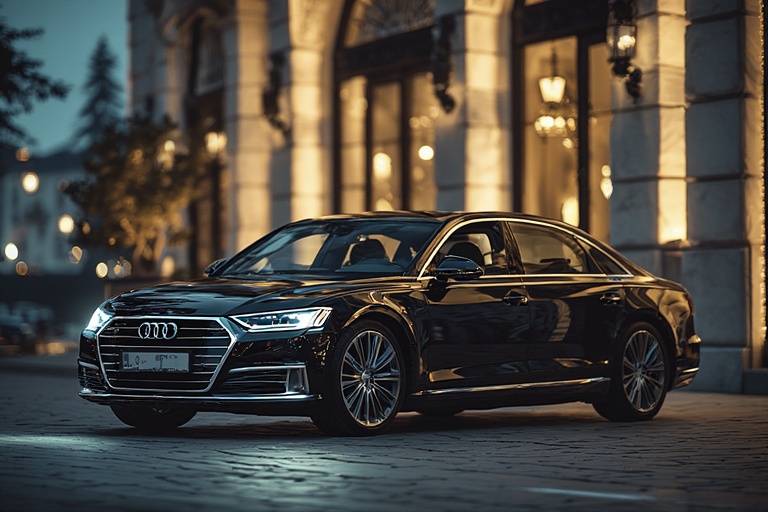
I know, I know, it’s an Audi! It’s a luxury flagship! And it looked the part—so sleek and imposing. But man, when these aged… they were catastrophic. The complexity was through the roof. The multimedia system was a dinosaur, the air suspension bags would fail constantly, and just… everything was expensive to fix. You could buy one for like $5,000 now, but a single repair could be triple that. It promised a life of quiet luxury but delivered a reality of frantic phone calls to specialized mechanics.
Saab 9-5

I feel bad including Saab because I love their weirdness. The 9-5 looked so unique, like a jet fighter for the road. And when it worked, it was a joy. But that’s the thing—when it worked. They were so temperamental. The electronics could be baffling, parts became rare and expensive, and they just required a lot of… love. And money. A lot of money. For $35,000, you were buying a hobby, not a car. A very expensive, sometimes frustrating hobby.
BMW 7-Series (E65)
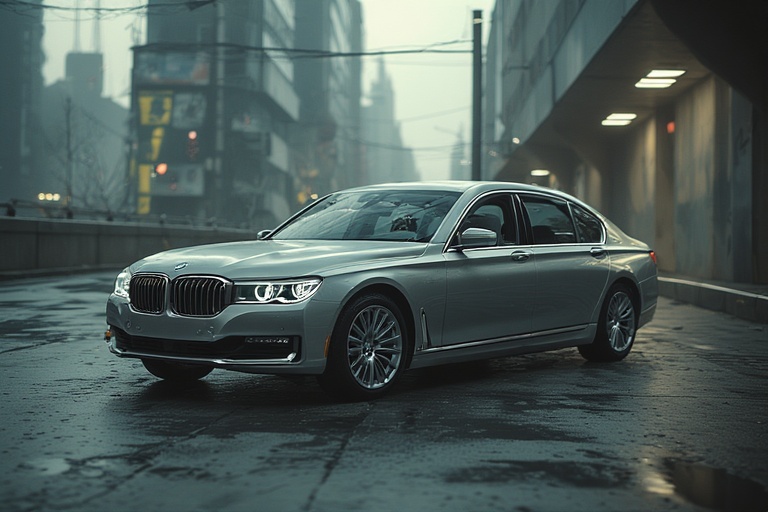
The one with the weird, controversial trunk line and the first iDrive system. It looked so futuristic! And inside, it was like a spaceship. But iDrive was a nightmare to use—so needlessly complicated. And everything in that car was electronic and complex. The door handles, the transmission, the suspension… it was all a ticking time bomb of expensive failures. This was a $70,000-plus car that could bankrupt you after the warranty expired. It was a technological marvel that broke your heart and your wallet.
Mercedes-Benz S-Class (W220)
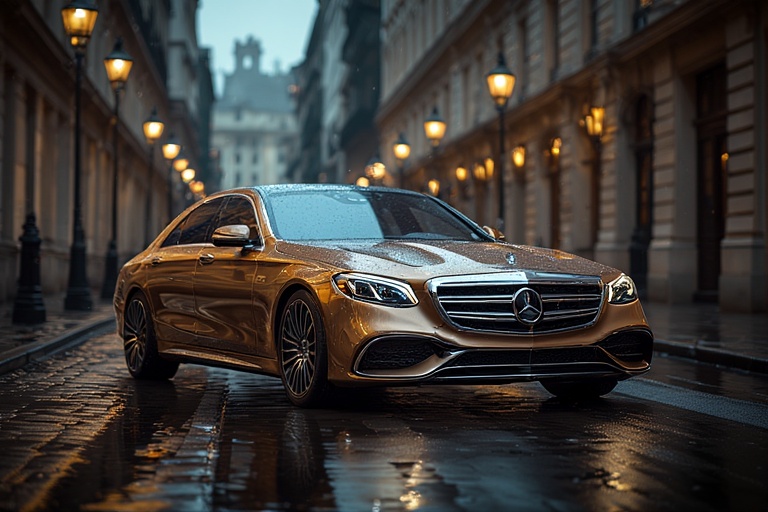
The “liquid metal” design. It was so beautiful, so graceful. It felt like the pinnacle of luxury. But this generation was… fragile. The fancy Airmatic air suspension was a common failure point—a $2,000 repair per corner, easy. The electronics were finicky, and everything felt a bit more delicate than a Mercedes should. You bought this $80,000 symbol of success and then lived in constant fear of a warning light coming on. It was a masterpiece of engineering that forgot to be reliable.
Ford Taurus (third gen, 1996-1999)
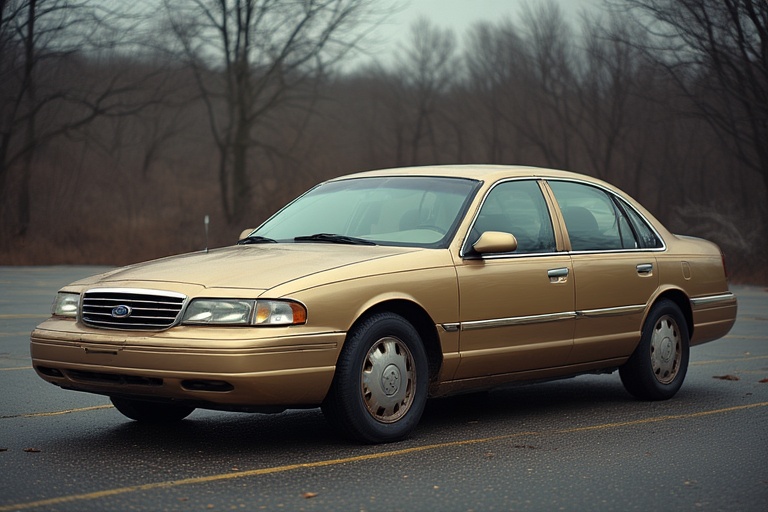
The “oval” design. Ford was so proud of it! And it was… different. But it aged really poorly, and honestly, it was just so bland to drive. It was like driving an appliance, but a noisy, underwhelming one. The build quality wasn’t great, so things would just start rattling and falling apart. For around $20,000, it was transportation, but it was the kind of car that made you feel like you’d given up on any joy in driving. It was a heartbreaker because it was just so… soul-crushingly average.
Chevrolet Malibu (early 2000s)
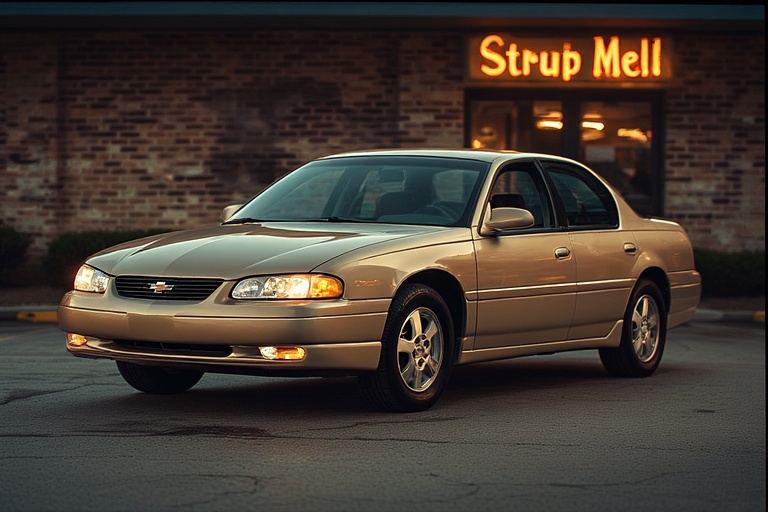
This car was everywhere. It was designed to be inoffensive and rental-car friendly. And it succeeded! It was completely forgettable. The driving experience was numb, the interior was cheap, and it had no personality whatsoever. It was the car you settled for. For about $18,000, it wouldn’t necessarily break down constantly, but it would break your spirit. It was the automotive equivalent of plain toast.

